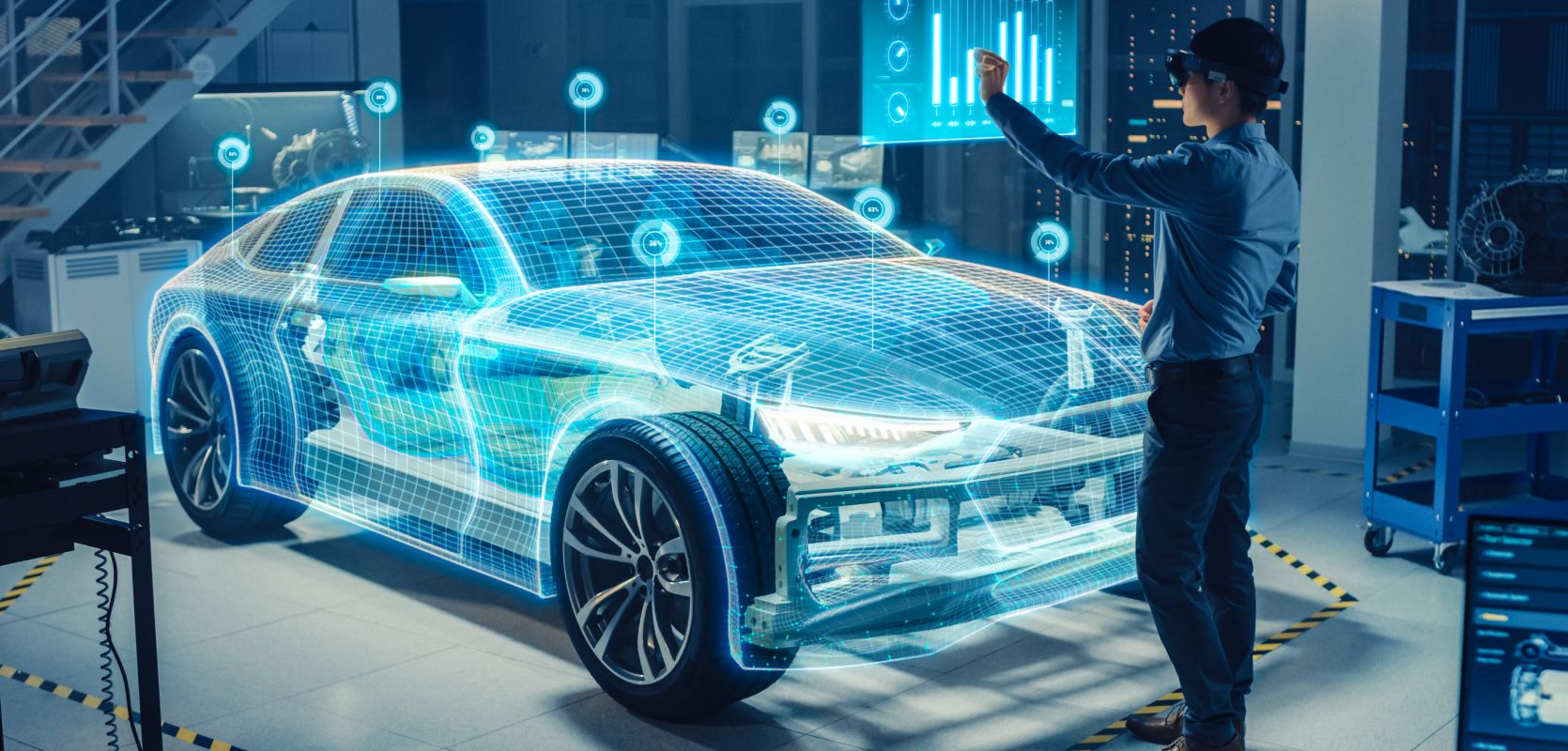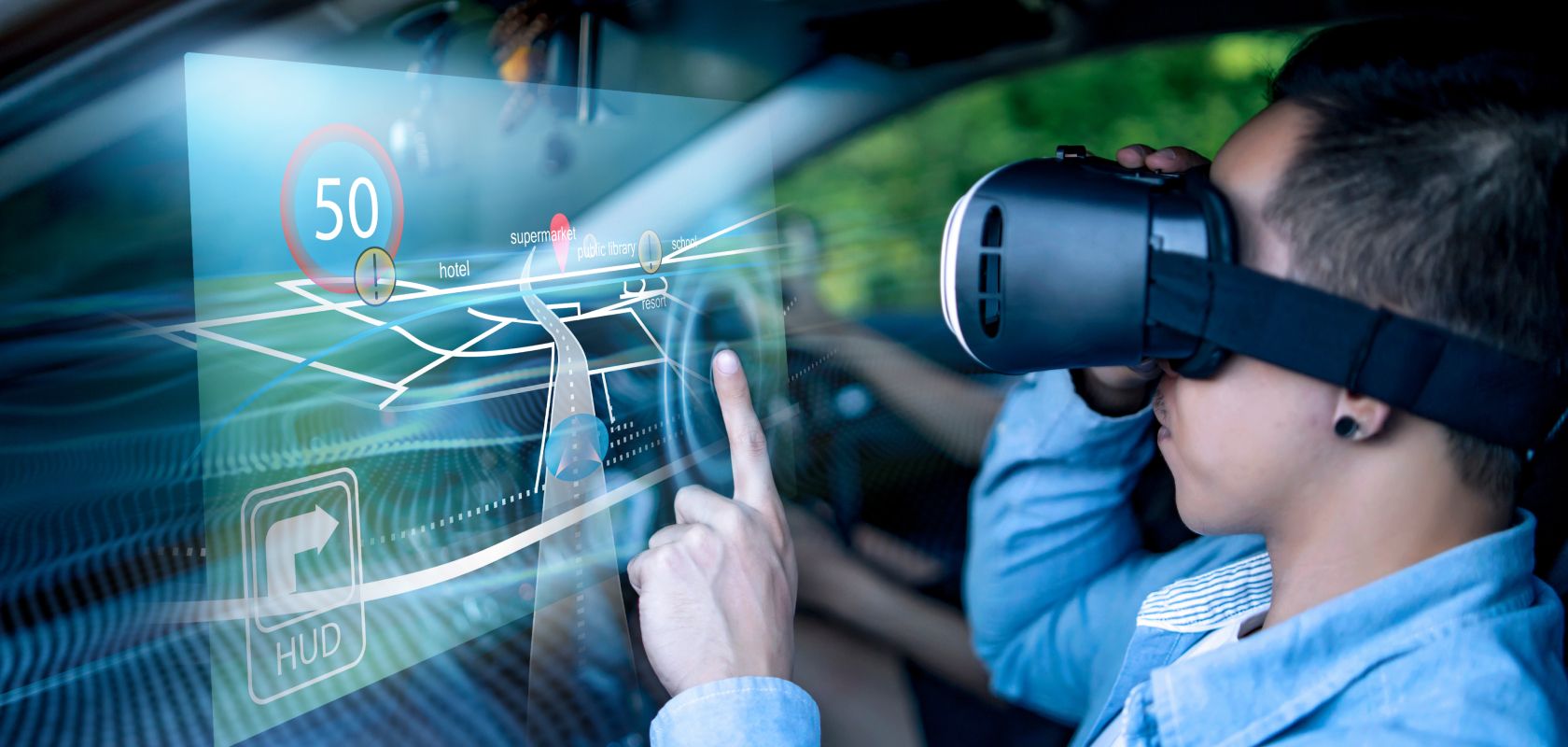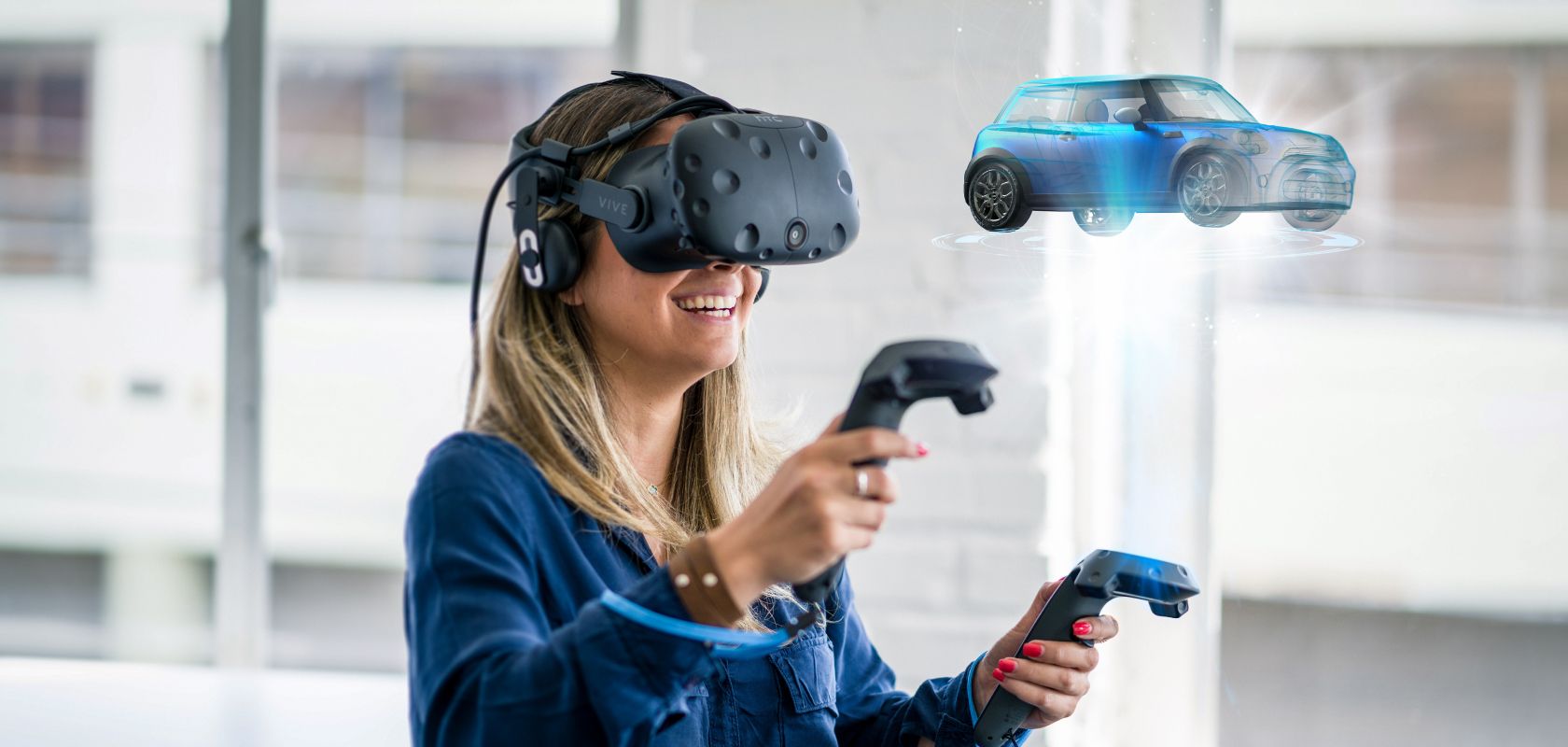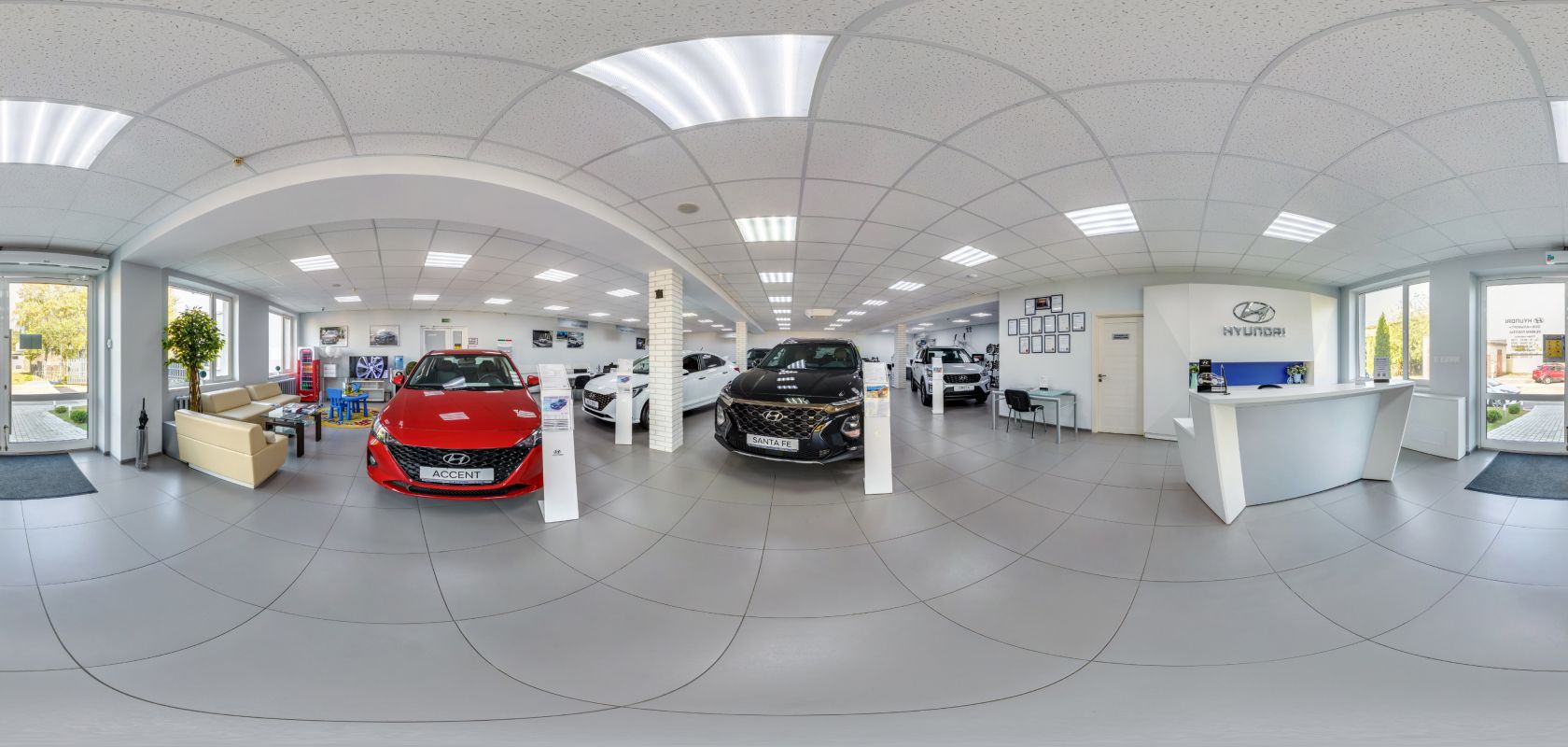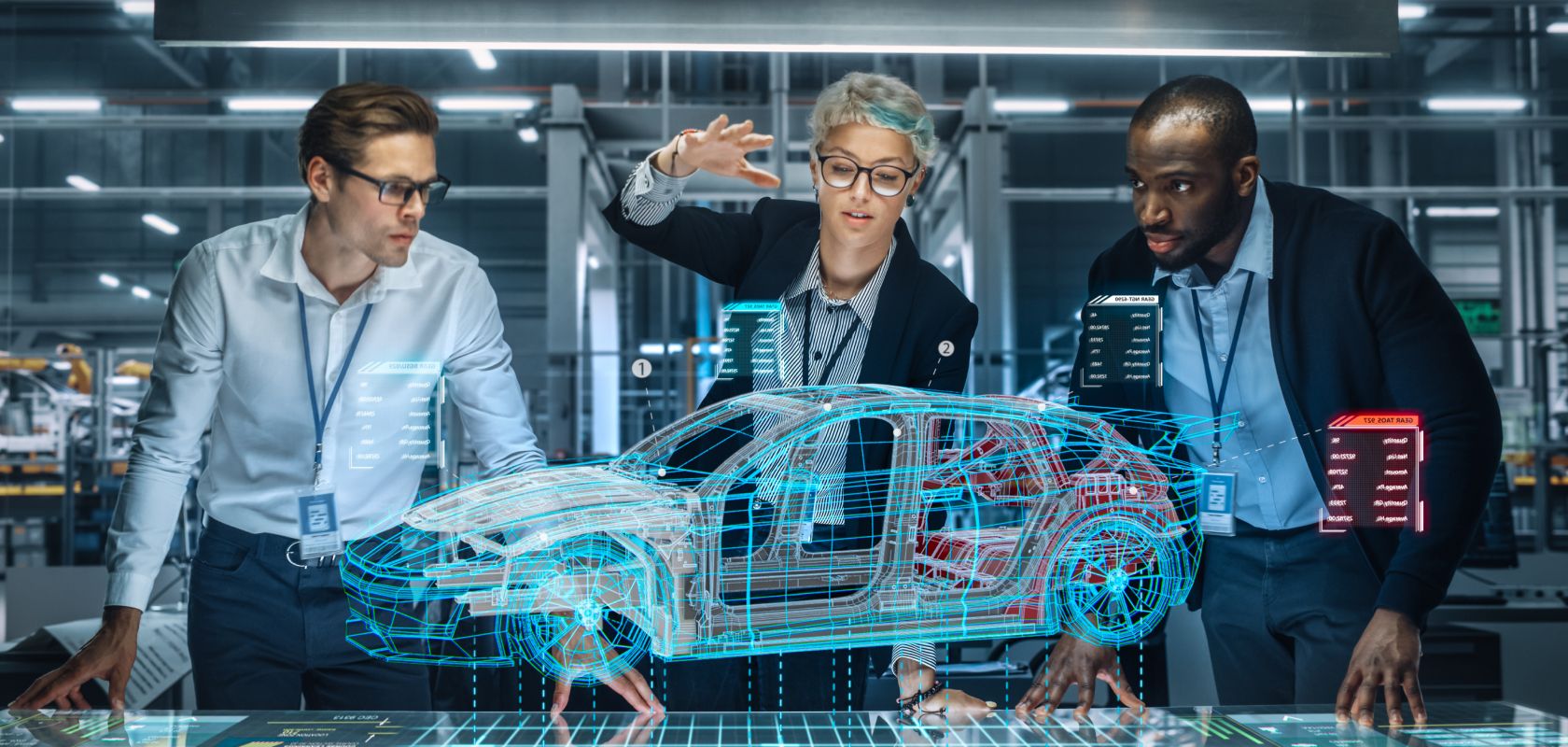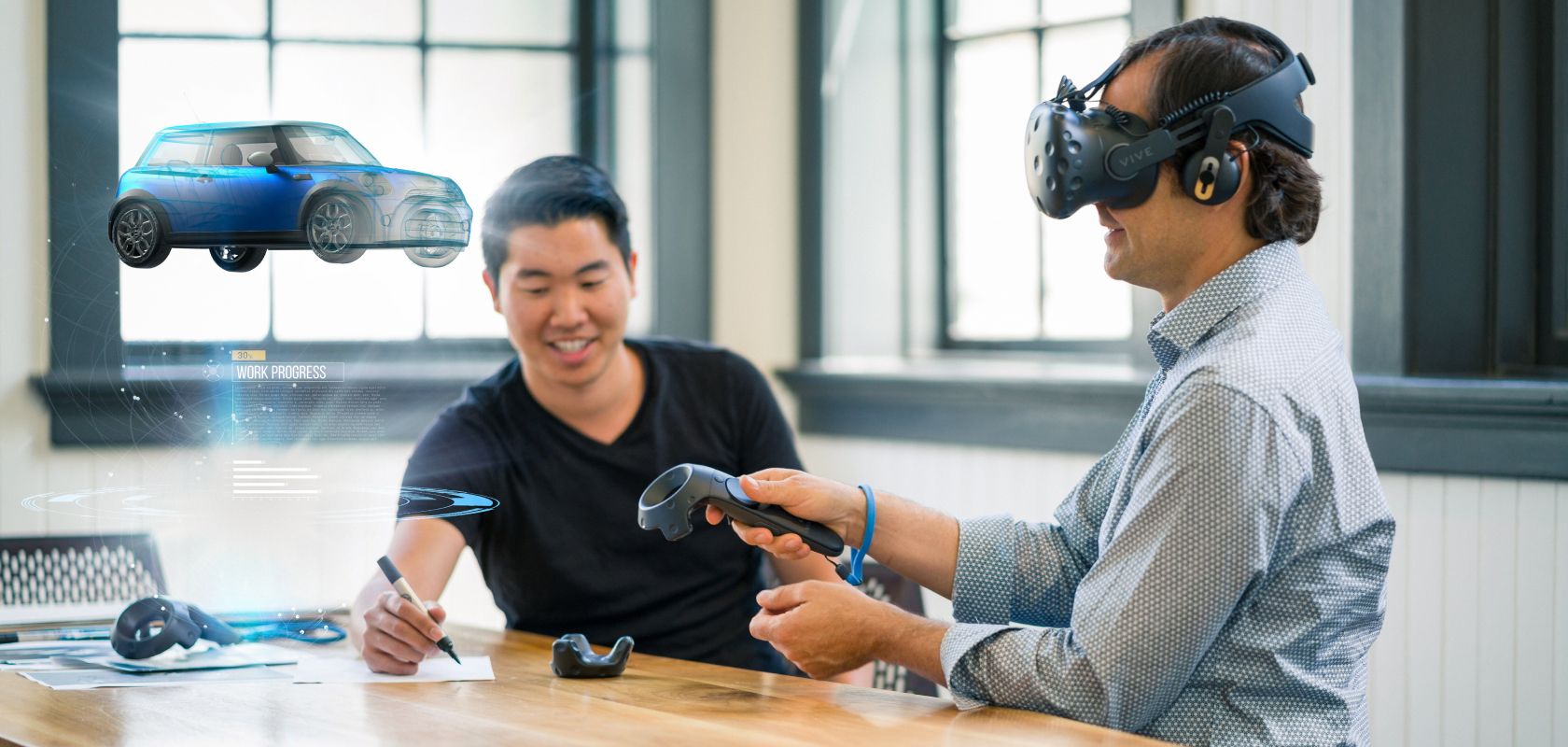AUTOMOTIVE
The Role of Immersive Technologies in the Automotive Industry
The automotive industry is one of the most important industries in the world, and it has been greatly influenced by the adoption of immersive technologies. Augmented reality (AR) and virtual reality (VR) are two of the most popular immersive technologies, and they have been used in a variety of applications in the automotive industry. AR has been used for designing cars, testing prototypes, and training employees. VR has been used for marketing purposes, such as creating virtual showrooms and test drives. The metaverse is a concept that has been gaining popularity in recent years, and it is essentially a virtual world that can be used for a variety of purposes. The automotive industry is one of the industries that is exploring the potential of the metaverse across marketing, sales, customer service, and even manufacturing. Immersive technologies are playing an increasingly important role in the automotive industry, and they are likely to have an even bigger impact in the years to come. They provide a way for businesses to interact with their customers in new and innovative ways, and they have the potential to revolutionize the industry.
Immersive Technologies Explained
Immersive technologies comprehend virtual reality (VR), augmented reality (AR) and the metaverse. The primary objective of immersive technologies is to create a digital simulation of reality that can be experienced by users in a way that is similar to the real world.
Current Applications and Benefits of Immersive Technologies in the Automotive Industry
AR and VR have been adopted to various degrees by all major automakers, and the metaverse is being explored by a number of companies. These immersive technologies are likely to have a major impact on the automotive industry in the years to come.
VR Showrooms
The car industry is under pressure as consumers shift their spending to experiences over things. In response, automakers are turning to VR showrooms to give potential customers a taste of what it's like to own one of their vehicles. Some companies are even experimenting with AR and the metaverse as a way to create even more immersive experiences. By using these technologies, automakers can give customers a truly unique look at what it would be like to own their car. VR showrooms are still in their early stages, but they have the potential to revolutionize the automotive industry. As more companies adopt this technology, we'll only see more innovation and creativity in the way that cars are sold.
Design, prototyping, development, and manufacturing
VR is used in engineering with CAD software to design cars virtually before they are built. This allows engineers to catch problems early on and avoid costly mistakes. AR is used in the manufacturing process to overlay instructions onto real-world objects, making it easier for workers to see what they need to do. Simulations created in VR can be used to test drive cars before they exist, which is helpful for design and marketing.
Digital-based training
Digital-based training is an essential part of the automotive industry. It allows employees to be instructed and monitored in a controlled environment, while also providing a realistic experience that can prepare them for real-world scenarios. Both AR and VR have been used extensively in the automotive industry for training purposes, from vehicle assembly to repairs.
Takeaway
When it comes to the automotive industry, there is no doubt that augmented reality (AR), virtual reality (VR), and the metaverse will play a major role in its future. While some may think that these technologies are still in their infancy, the truth is that they have already made a significant impact on the way that automakers design, build, and sell vehicles.
As far as AR is concerned, one of the most popular applications in the automotive industry is vehicle customization. Using AR, customers can see how different paint colors or wheel designs would look on their desired vehicle without having to actually make any changes. This allows them to make more informed decisions about their purchase, ultimately leading to better customer experiences. VR, on the other hand, is being used by automakers to provide customers with an immersive experience that goes beyond simply looking at cars.
AR, VR, and the metaverse are already having a major impact on the automotive industry. And as these technologies continue to evolve, they are only going to become more important in the years to come.
